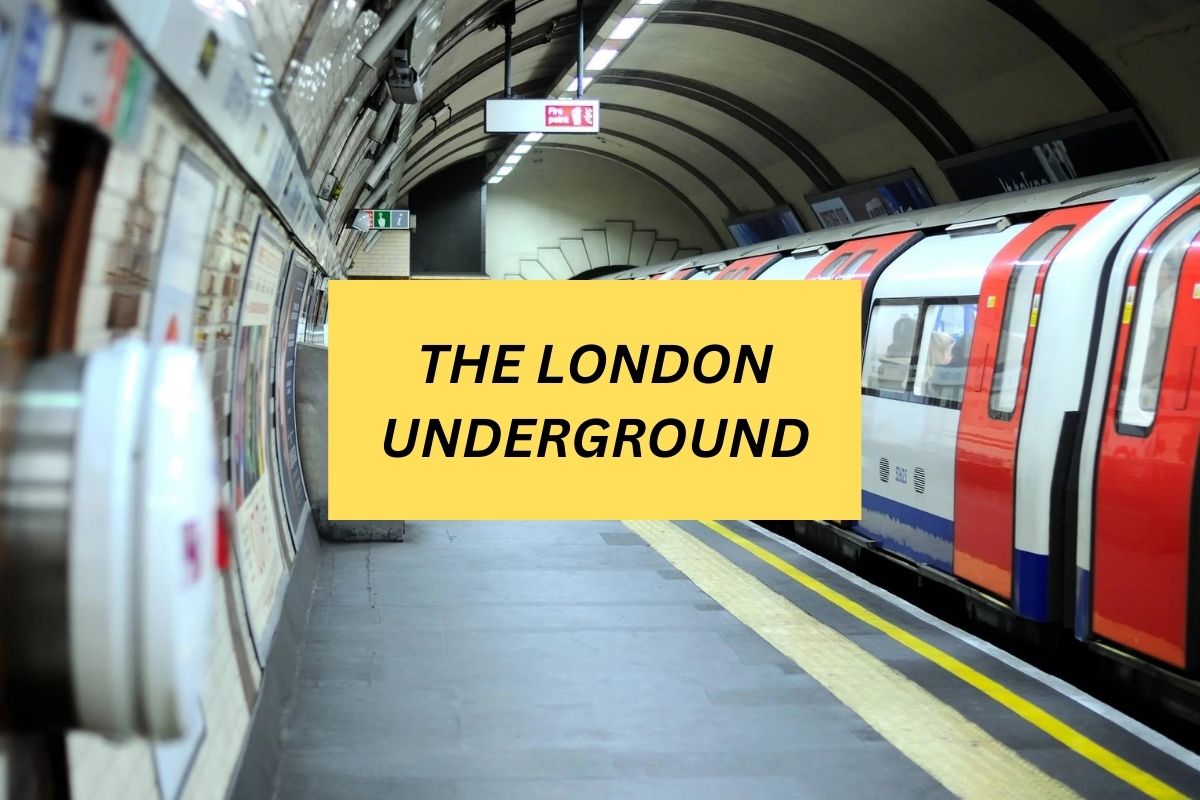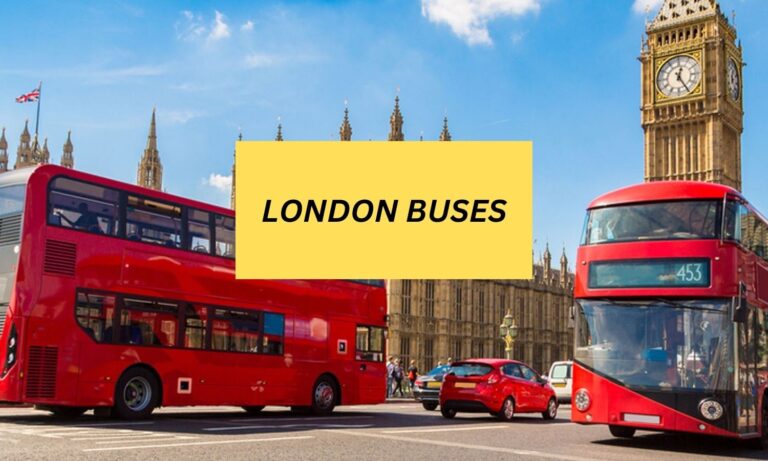HOW TO USE THE TUBE, THE LONDON UNDERGROUND
Navigating the iconic red tunnels of London underground network, known simply as the Tube, is an experience that millions of commuters and tourists alike encounter daily. From the bustling platforms to the rush of trains speeding between stations, the Tube is a lifeline for those who call this vibrant city home and a rite of passage for visitors exploring its diverse neighborhoods.
HOW DOES THE TUBE WORK IN LONDON?
The London Underground, commonly known as the Tube, is the oldest underground railway network in the world. It operates on 11 lines that cover a vast area of Greater London, linking various parts of the city. The Tube uses a combination of deep level tunnels and sub surface lines to transport millions of passengers daily.
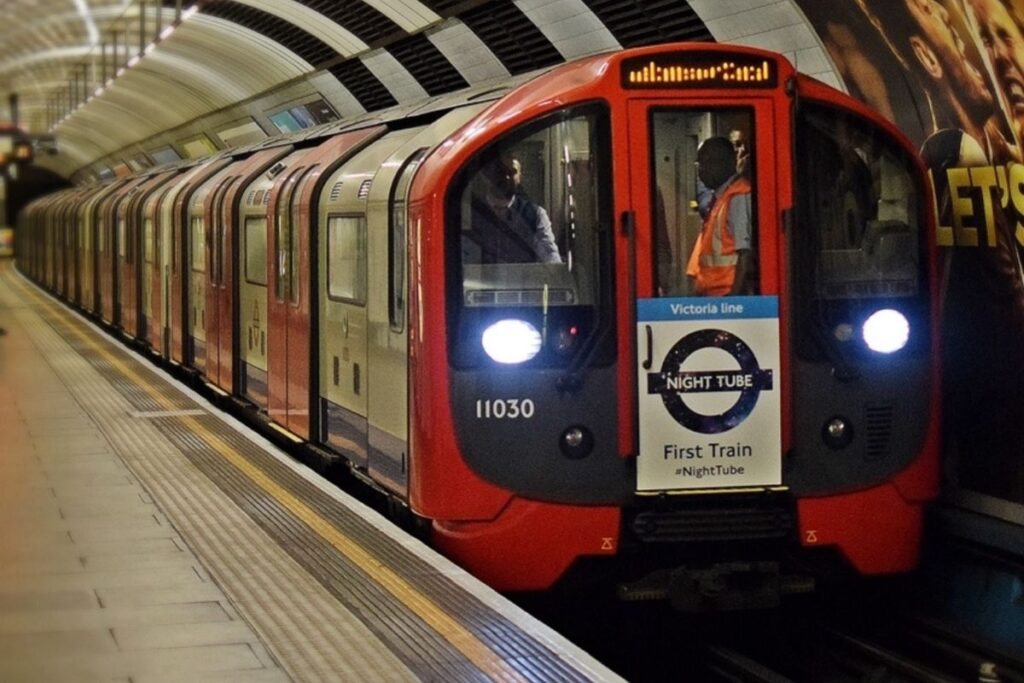
One interesting aspect of the Tube is its iconic roundel logo, which can be seen at every station entrance. This distinctive design helps passengers easily identify Underground stations amidst the hustle and bustle of London life. The Tube operates on a unique signaling system called Automatic Train Operation (ATO), which allows trains to run at precise intervals with minimal human intervention.
Despite its age and occasional delays or disruptions, it remains an essential part of daily life for Londoners and visitors alike. Its extensive network provides convenient connectivity throughout the city and serves as a key mode of transportation for commuters, tourists, and residents alike. Next time you ride the Tube, take a moment to appreciate its rich history and technological innovations that keep this underground marvel running smoothly day after day.
TUBE HOURS
Tube hours in London play a crucial role in the daily lives of millions of commuters and residents. The extended operating hours on weekends offer a convenient mode of transportation for people enjoying the city’s vibrant nightlife or attending late events. This accessibility contributes to London’s reputation as a city that never sleeps, catering to individuals with diverse schedules and lifestyles.
During weekdays, the limited operating hours can pose challenges for those working night shifts or involved in activities that require them to commute during non-standard hours. As the demand for round the clock services continues to rise, there is an ongoing debate about potential extensions to tube operating hours throughout the week. Finding a balance between meeting public needs and operational feasibility remains a key consideration for transportation authorities looking to enhance overall commuter experience in London.
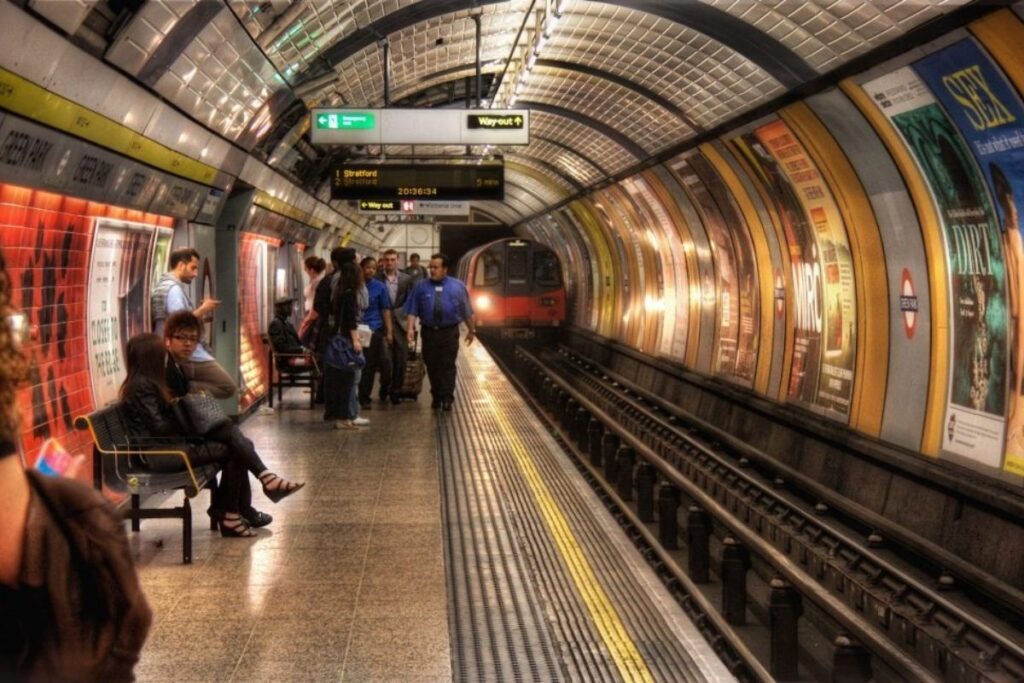
TUBE MAP
The London Tube map, an iconic and essential part of navigating the bustling city’s public transportation system, is a masterpiece of design and functionality. Created by Harry Beck in 1931, the map revolutionized the way commuters perceive and navigate their journeys through the city. The simplicity of its layout, with a focus on straight lines and angles rather than geographical accuracy, enables travelers to easily understand connections between various tube lines.

With over 270 stations spanning across 11 different lines, the London Tube map is not just a navigational tool but also a cultural icon in its own right. It displays how well connected London truly is, allowing residents and visitors alike to traverse the vast expanse of this diverse metropolis with ease. The evolution of the tube map over the years reflects changing infrastructure developments and urban growth within London, demonstrating its adaptability to meet the ever-changing needs of commuters in one of Europe’s busiest cities.
TUBE LINES
When it comes to navigating the bustling streets of London, the tube lines play a vital role in ensuring commuters reach their destinations efficiently. With multiple lines crisscrossing the city like arteries, each one offers a unique glimpse into different neighborhoods and attractions. From the historic Bakerloo line, tracing its roots back to 1906, to the futuristic-looking DLR that glides through East London with precision, every tube line has its own character and charm.
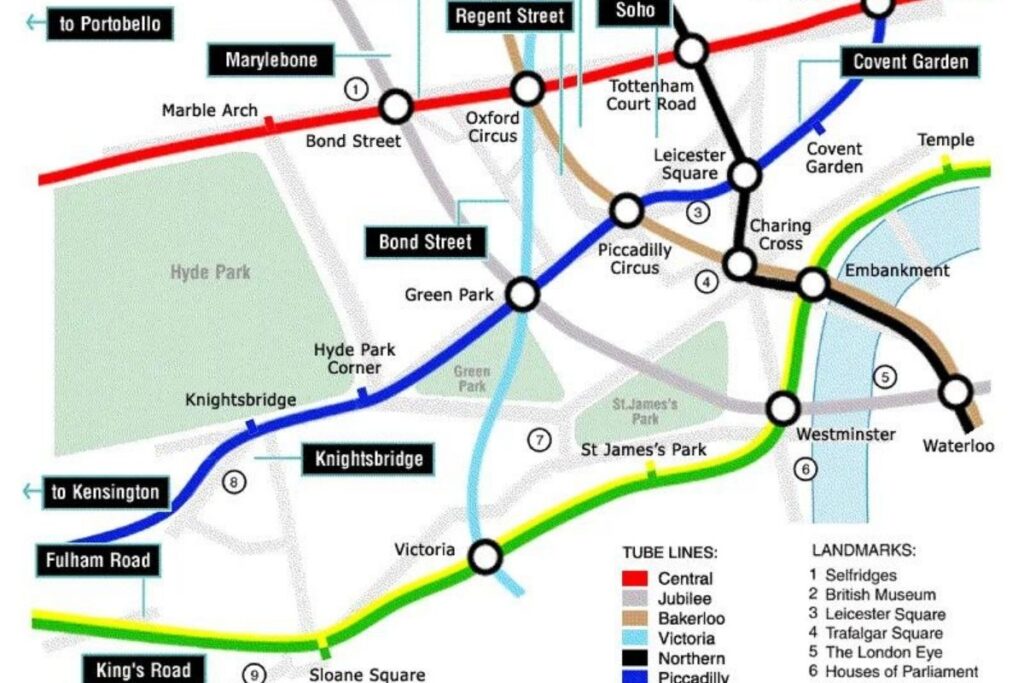
One interesting aspect of the tube services in London is how they have evolved over time to meet the changing needs of a growing city. The introduction of new lines and extensions have not only improved connectivity but also opened up previously underserved areas for development. Advancements in technology have allowed for smoother operations and real-time updates for passengers, giving them more control over their daily commute experience.
TUBE ZONES
When navigating the tube services in London, understanding the zone system is key to getting around efficiently. The London Underground is divided into zones 1-9, with Zone 1 being the most central area and Zone 9 covering outer areas of the city. Each zone has a corresponding fare, with travel between closer zones costing less than those further apart. This zoning system allows commuters to easily calculate their fares based on their journey’s starting and ending points.
One interesting aspect of the tube zones is how they reflect the urban geography of London. Zones 1 and 2 encompass most of central London, including popular tourist attractions and business districts. As you move outwards to zones 3-6, you’ll find a mix of residential neighborhoods, green spaces, and commercial areas. Beyond Zone 6 lie more remote parts of Greater London, offering a glimpse into the city’s diverse landscapes.
HOW TO USE THE TUBE, STEP-BY-STEP
Step 1: Planning your journey is key when using the Tube in London. Utilize apps like Citymapper or the official Transport for London app to check routes, times, and disruptions before setting off. By having a clear understanding of your destination and potential alternatives, you can navigate with ease.
Step 2: When inside the station, follow signage to locate your desired line. Avoid rush hour if possible to minimize crowds and delays. Waiting on the platform, stand behind the yellow line for safety, as trains arrive frequently but swiftly.
Step 3: Boarding the train requires patience during peak hours. Let passengers alight first before entering and aim for available seats or grab rails when standing. Be mindful of other commuters around you by keeping personal items close and maintaining awareness to ensure a smooth journey.
APPS
One app that has gained popularity among Londoners for its access to tube service information is Citymapper. This all in one transport app provides real-time data on tube schedules, delays, and alternative routes, making it a valuable tool for commuters navigating the bustling city. With its user-friendly interface and accurate predictions, Citymapper has become an essential companion for those relying on the tube to get around London efficiently.
Another noteworthy app in the realm of tube service accessibility is TfL Oyster. This official Transport for London app allows users to manage their Oyster card balance, check journey history, and plan routes using the underground network. With features like top up reminders and travel alerts, TfL Oyster simplifies the process of using public transportation in London while ensuring a seamless experience for passengers relying on the tube system.
WHERE WILL YOU USE THE TUBE IN LONDON?
London’s extensive Tube network provides easy access to all corners of the city, making it an essential mode of transportation for both locals and tourists. From iconic landmarks like Big Ben and the Tower of London to trendy neighborhoods such as Shoreditch and Camden, the Tube connects you to all the must-see destinations in London with ease.

The Tube also offers a fascinating glimpse into London’s history and culture. Each station is uniquely designed, showcasing architectural styles from different time periods. For example, the art deco designs of stations like Piccadilly Circus evoke a sense of glamour from a bygone era, while modern stations like Canary Wharf reflect London’s contemporary skyline. Riding the Tube isn’t just about getting from point A to point B it’s also an opportunity to immerse yourself in the rich tapestry of London’s past and present.
FAQS
How do tourists use the tube in London?
Buy a Visitor Oyster card*, Oyster card, Travelcard or use a contactless payment card to get the best value.
What is the cheapest way to use the tube in London?
For most people travelling around London, the cheapest way to get around is by using an Oyster or contactless payment card. An Oyster card is a smart card you can use instead of paper tickets, available on buses, Tubes, trams, rail, DLR and some river services.
Do I need an Oyster card in London?
Yes, each person travelling needs their own Oyster card, Travelcard or contactless payment card.
Are there toilets on the Tube in London?
London Overground and TfL Rail toilet facilities are already free of charge. On London Underground, all toilet facilities are now free, following the removal of the coin operated mechanisms at Cockfosters station earlier this year.

